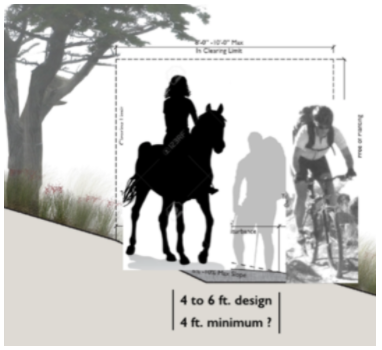
The Park District has both narrow trails, generally under 8 feet in width, and wider trails, which are usually old ranch roads or fire roads. In the early 1980’s, the Park District opened up the wider trails to mountain bikes. This gave mountain bikers access to 80% of all trails. In addition, in the early 2000’s, the Park District created a pump trail system within the Crockett Hills Regional Park specifically for mountain bikers (while nominally being posted and available for hiking and equestrian use, too). Meanwhile, through the Park District’s Ordinance 38 process, 30 narrow trails have been opened up for mountain bikers.
According to the Park District’s own survey data, 82 to 88% of trail users are pedestrians or hikers, 10 to 12% are mountain bikers, and 5% are equestrians. "The survey data also showed that 80 to 90% of trail users favored trails dedicated to pedestrian and equestrian users."
Currently, the East Bay Regional Park District is engaged in a process for evaluating how to manage user access on their narrow trails. This process takes place in the context of the mountain biking community’s call for the opening up of more narrow trails to mountain bikes, and the Park District’s recent announcement that all new narrow trails will be designed and constructed for all users. The Park District has also proposed allowing mountain bikes on existing narrow trails that are primarily used by the large population of pedestrians, as well as equestrians. That proposal would result in a significant change to the trail experience of the District's 25 million annual park users.
The “narrow multi-use trails for all” concept raises significant issues. Ample evidence from past experience, both from within the Park District and from other park agencies, illustrates that narrow trails designed primarily for bicycles result in hikers and equestrians avoiding those trails. Likewise, a group of people walking or riding on a narrow trail is often a frustrating experience for a mountain biker who has built up speed going downhill.
The diagram to the right shows just how tight the situation can become on a narrow trail.
Beginning in 2017, the Sierra Club asked the Park District to create a facilitated workshop of various user groups to see if a consensus could be reached on these issues. Finally, in 2020 the Park Board created the Trails Users Working Group (TUWG).
To examine this issue, we ask that the Trail Users Working Group provide or address:
- Baseline data on the District’s trail user populations by different interests, trail access by trail miles, trail accident data, trail complaint data, enforcement responses, mapped locations of unopened park properties, and baseline analysis of wildlife and habitat in and adjacent to a proposed route for any narrow trail no matter what users will ultimately be allowed;
- District capacity in place to manage expansion of certain trail uses, including controlling and restoring informal/rogue trails, trail repairs, trail accidents, and enforcement demands within the existing park management demands on operations staff;
- For the “multi-use narrow trails for all” proposal, including the observable impacts of combining all users on narrow trails. What impacts are there on a trail user’s desire for a contemplative experience (communing with nature rather than worrying about whether a mountain bike is barreling down the trail), birdwatching, observations of other wildlife and plant life;
- E-bike growth: Develop scenarios for managing impacts from the growing presence of e-bikes on park trails where they are not permitted (e-bikes are allowed only on select park trails).
- Trail policy alternatives that will result in constructive solutions that protect the parks' biodiversity and preserve enjoyable and positive experiences for all trail users.
You can read the Sierra Club white paper on trail issues here.
Members can also let the Park District Board and staff know of their concerns and can copy the Sierra Club’s East Bay Public Lands Committee with their concerns. You can send a letter to their mailing address below, or use their online contact form.
East Bay Regional Parks District
2950 Peralta Oaks Court
P.O. Box 5381
Oakland, CA 94605-0381
If you want to learn more about the work of the East Bay Public Lands Committee, contact committee chair Norman La Force at [email protected].
CLICK HERE TO SEE ORIGINAL ARTICLE IN THE SIERRA CLUB NEWSLETTER.

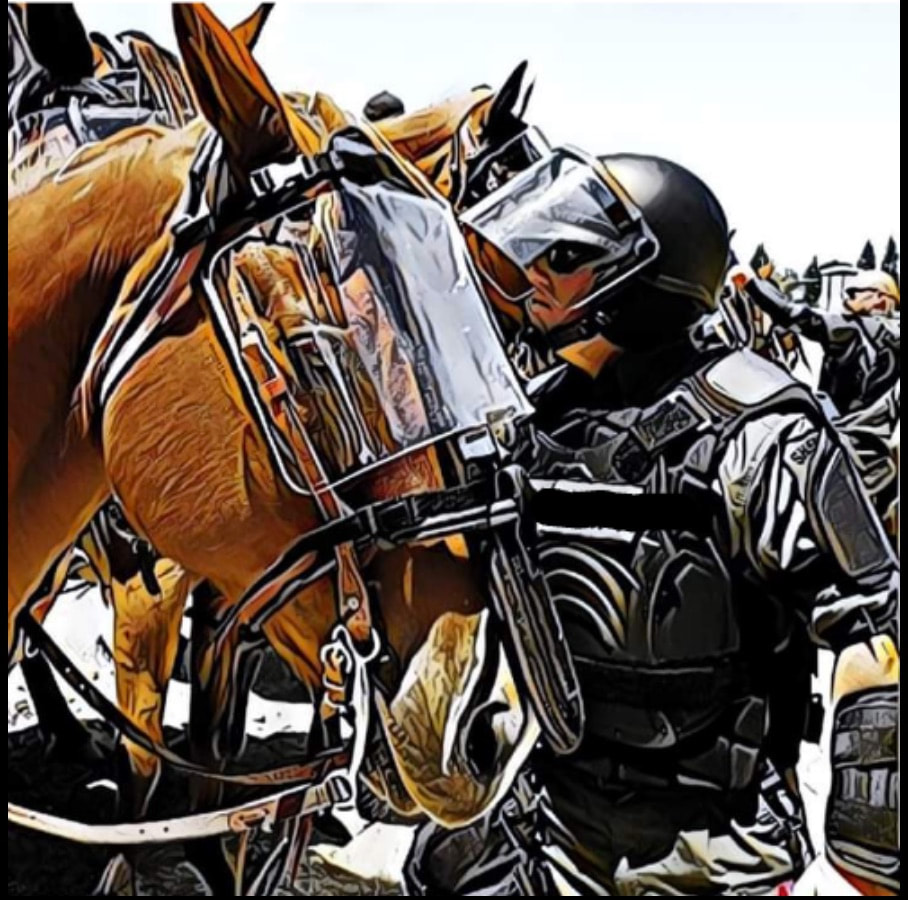
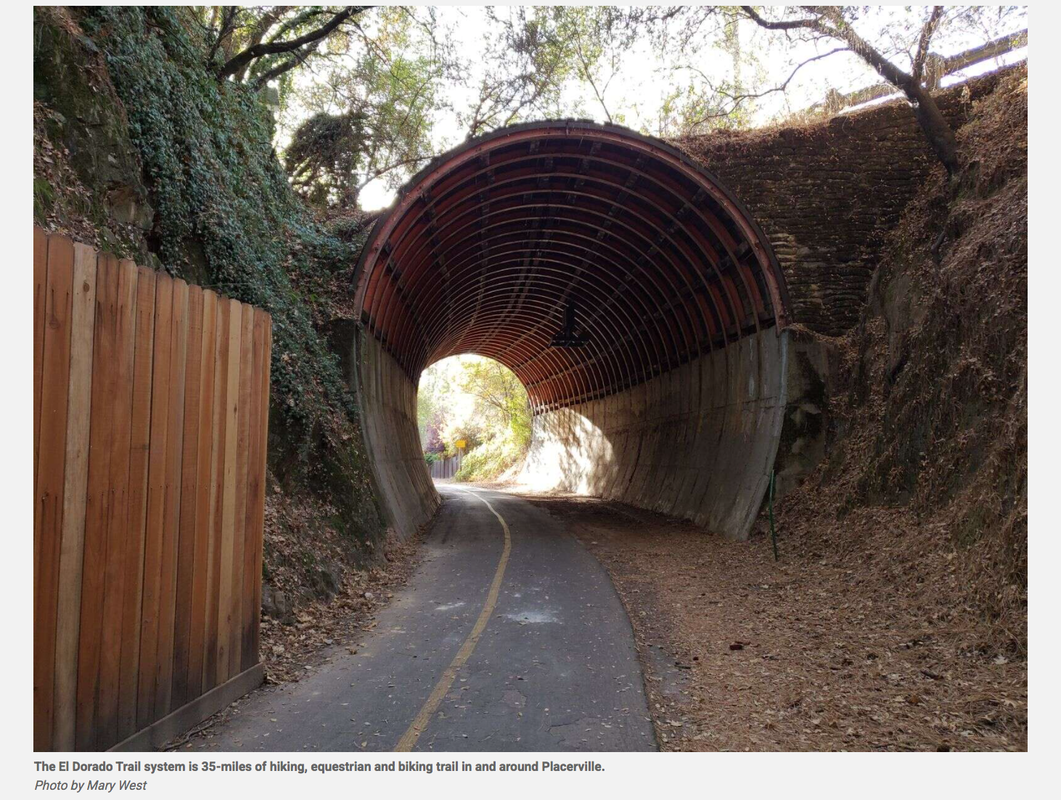

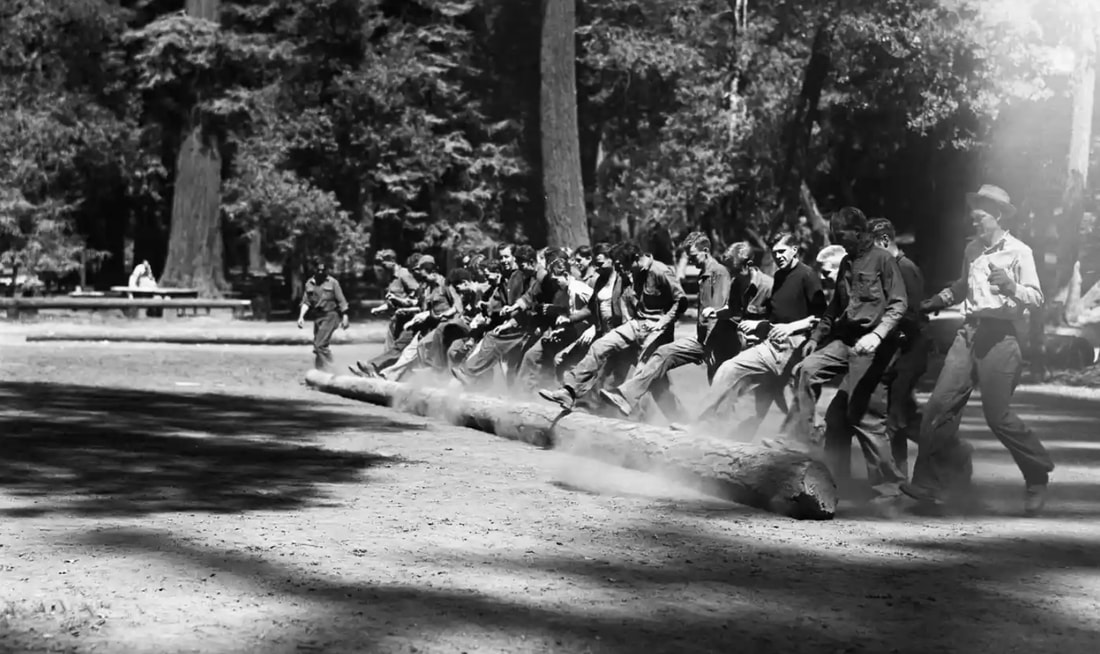
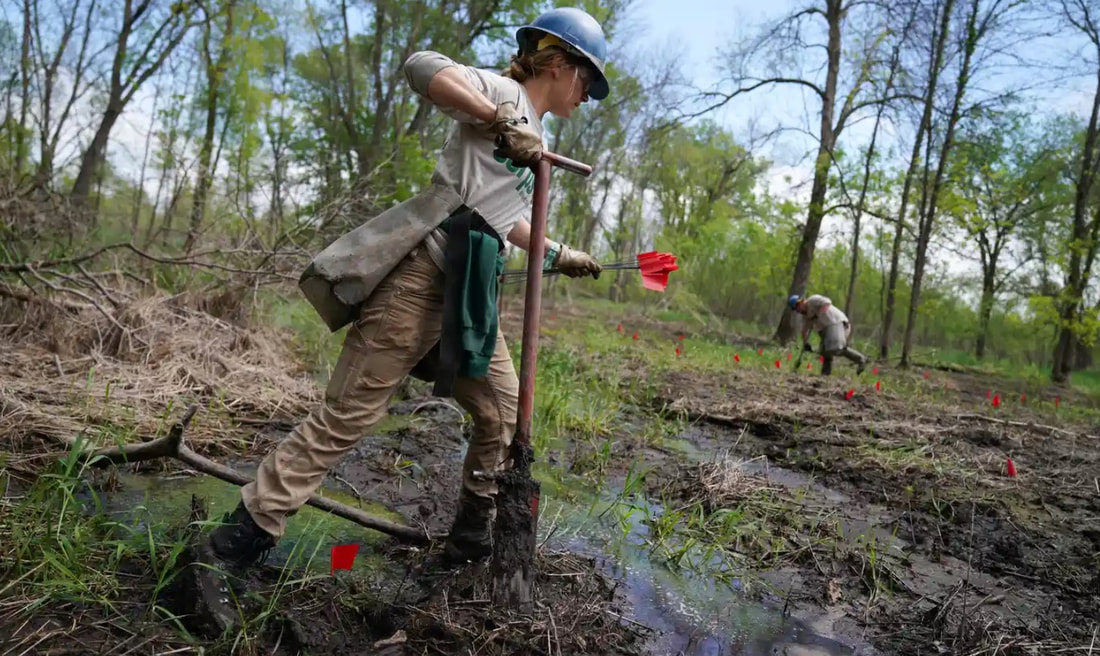
 RSS Feed
RSS Feed